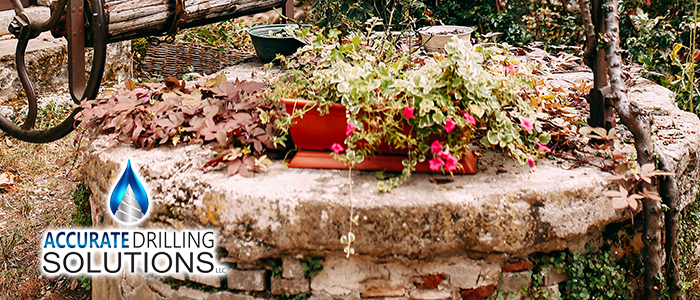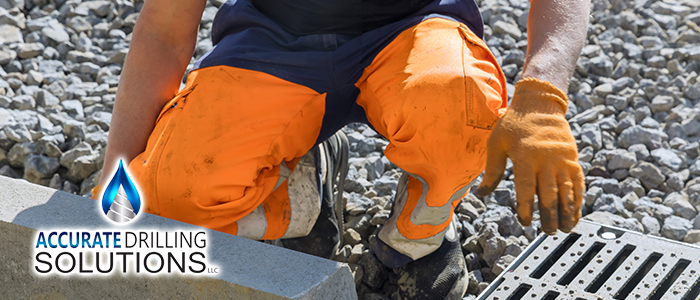
Common Well Drilling Issues
Drilling for clean, uncontaminated water can be challenging. From residential and commercial work to missionary drilling, rig operators — regardless of their experience level — encounter well drilling issues that must be addressed in order to find water sources successfully.
Common Problems and Well Drilling Issues
One of the most common problems is drilling through an aquifer that has been contaminated by a nearby industrial site. For example, if you are drilling on a farm where pesticides have been used in the past, you may find that you cannot use this water for consumption or irrigation because it has become toxic. Beneath are a few of the most common issues.
In order to drill a successful well, rig operators must be prepared for the following challenges:
– Groundwater contamination: When drilling into groundwater sources, there is no way to know how much of the water will be contaminated. Some areas have more contaminants than others, which can make it difficult to find clean water.
– Depth: As rigs get deeper, they encounter more layers of rock. These layers can be hard to break through and require special equipment to drill through.
– Ground movement: As rigs move while drilling, they can cause the ground around them to shift slightly — even though this movement is very small, it can cause problems with water sources that are near the surface.
Reduce Troubleshooting Needs
Before renting or buying a rig to drill a well, potential drillers should have an understanding of the conditions they will be working under. In order to drill a well, the driller will need to know the location of all underground utilities and structures. If you have any questions about this, contact your local utility companies before signing a lease or contract with a drilling company.
The driller will also need to know how deep you want your water. In order to determine this, they will need to use a combination of geophysical and geological techniques.
The driller will also need to know the water quality you are looking for. If you want drinking water, they will use a different drilling method than if they were trying to find groundwater that could be used for irrigation or other purposes.
The driller will also need to know the type of water source you are looking for. There are three main types: shallow groundwater, deep groundwater and artesian wells. Shallow groundwater is found within a few hundred feet of the surface, while deep groundwater can be up to 10,000 feet below ground level.
After Drilling Conclusion
After you have sealed the well, wait at least 24 hours before installing a water pump. In the meantime, properly clean and inspect any equipment used in drilling (if you own the equipment yourself) so you can use it again on future projects. Inspecting, cleaning and re-torquing equipment is an effective way to keep machinery in good shape. This reduces the chance that a troublesome machine will force you to stop working and seek new materials—which would add time, frustration and money on project deadlines.
If you want further great tips like this, feel free to browse our blog catalog at Accurate Drilling.
continue reading
Related Posts
Water Wells: The Hidden Gem for Fire Protection Do you
Drilling Down on Well Drilling: FAQs and Answers Are you
The Role of Water Wells in Sustainable Living Sustainable living






